Kiedy odwiedzasz jakąkolwiek stronę internetową, może ona przechowywać lub pobierać informacje w Twojej przeglądarce, głównie w postaci plików cookie. Informacje te mogą dotyczyć Ciebie, Twoich preferencji lub Twojego urządzenia i są wykorzystywane głównie do tego, aby witryna działała zgodnie z Twoimi oczekiwaniami. Informacje te zazwyczaj nie identyfikują Cię bezpośrednio, ale mogą zapewnić bardziej spersonalizowane korzystanie z Internetu.
Ponieważ szanujemy Twoje prawo do prywatności, możesz nie zezwalać na niektóre rodzaje plików cookie. Jednak zablokowanie niektórych rodzajów plików cookie może wpłynąć na korzystanie z witryny i usługi, które jesteśmy w stanie zaoferować.
Pozwalasz:
Niezbędne pliki cookie (wymagane)
Te pliki cookie są niezbędne do przeglądania naszej witryny i korzystania z jej podstawowych usług i nie wymagają Twojej zgody. Te pliki cookie pozwalają nam oferować podstawowe funkcje witryny (dostęp do konta, używany język, zamówienia, płatności itp.), a także mogą służyć do weryfikacji tożsamości i bezpieczeństwa. Jeśli je wyłączysz, nie będziemy w stanie spełnić Twojego podstawowego żądania.
Statystyczne pliki cookie
Te pliki cookie zbierają anonimowe informacje o Twoich zachowaniach w Internecie, które pomagają nam ulepszyć konstrukcję witryny. Jeśli odrzucisz te pliki cookie, możesz nie być w stanie korzystać z niektórych funkcji naszych witryn i usług.
Te pliki cookie pozwalają nam zapamiętać wybory, których dokonałeś w odniesieniu do swoich preferencji, takich jak preferowany język. Jeśli odrzucisz te pliki cookie, możesz poczuć, że wydajność przeglądania sieci spadła.
Marketingowe pliki cookie
Te pliki cookie wykonują spersonalizowane działania w celu reklamowania produktów i usług, którymi jesteś zainteresowany. Jeśli odrzucisz te pliki cookie, nadal będziesz widzieć reklamy, które nie są zbyt istotne dla Twoich zainteresowań lub wymagań.

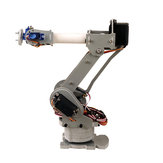
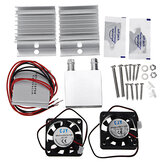
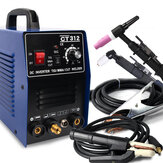






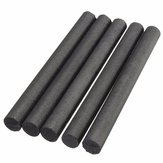
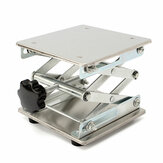
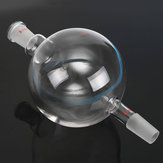
Whirret no, you need to install by youself. And there is not power supply
2021-09-30 04:34:29 Pomocny (0)